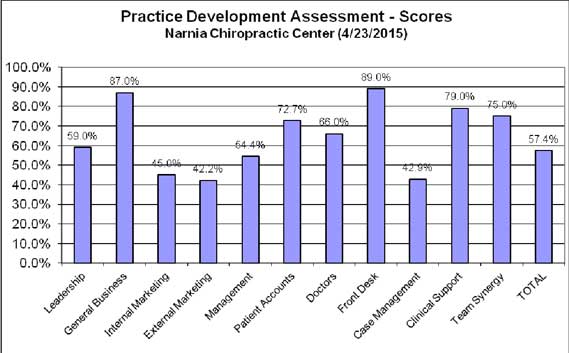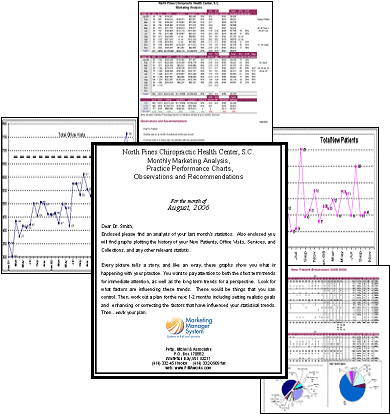 Tryout: a test of someone’s ability to do something that is used to see if he or she should join a team, perform in a play, etc. (Merriam-Webster)
Tryout: a test of someone’s ability to do something that is used to see if he or she should join a team, perform in a play, etc. (Merriam-Webster)
We routinely help our chiropractic teams with the hiring process.
Getting the right players can make all the difference in whether you are a winning team or just a mediocre one.
It is often difficult to find the right candidate for the job. The prospective employee is trained to be sweet at the interview and have an impressive resume and you are expected to ask her just the right questions that will evoke her true character. This is usually not adequate.
In addition to interviews, practical tests that challenge candidates for the job position can be included as part of the hiring process. Much like a “tryout” for any sport team, musical group, or an audition for a play, we want to see how the prospective new employee performs.
A good management motto is: “Look, don’t listen.” This definitely applies to hiring.
After the first interview, if you are still interested in the person, have them come in again for a practical interview. This is the “tryout” or audition. For the front desk position, present them with some challenging but common situations and have them demonstrate how they would handle each. Have them demonstrate as in role playing, not just tell you how they would do it.
In the examples below, the doctor can be in the role of the patient, or prospective patient, or have another team member in that role.
For the Front Desk position, you can have the candidate take on the following situations:
- Appointment book is full. Patient calls in and wants to see the doctor.
- Patient calls in and is in pain.
- Calls but is skeptical of chiropractic
- Calls, asks how much for an adjustment, and then says it costs too much
- Patient is leaving after an adjustment, needs to be scheduled, and the phone is ringing.
- Patient owes $37.67. Collect it.
- Promoting upcoming talk, next Tuesday at 6:30 on “Spinal Fitness.”
Someone applying for Patient Accounts could role-play the following:
- Perform a patient financial consultation on a new Medicare patient who also has a secondary.
- Call for chiropractic benefits.
- Receive a letter “not medically necessary.” What actions to take?
- Promoting upcoming talk, next Tuesday at 6:30 on Spinal Fitness.
Other situations can be presented that are appropriate for your office, depending on the position, such as therapy, external marketing, etc. Be creative and keep it fun, but challenging.
You can give the candidate a few lines to help them, but tell them you want them to improvise to the best of their ability. It doesn’t have to be perfect and probably won’t be that smooth as they are new to your office.
What you are looking for is their ability to be genuinely interested in the patient. You want to see how much in command they are of the situation, their friendliness, compassion, and general quality of their communication.
If you want a winning team, when hiring, use “Tryouts.”



